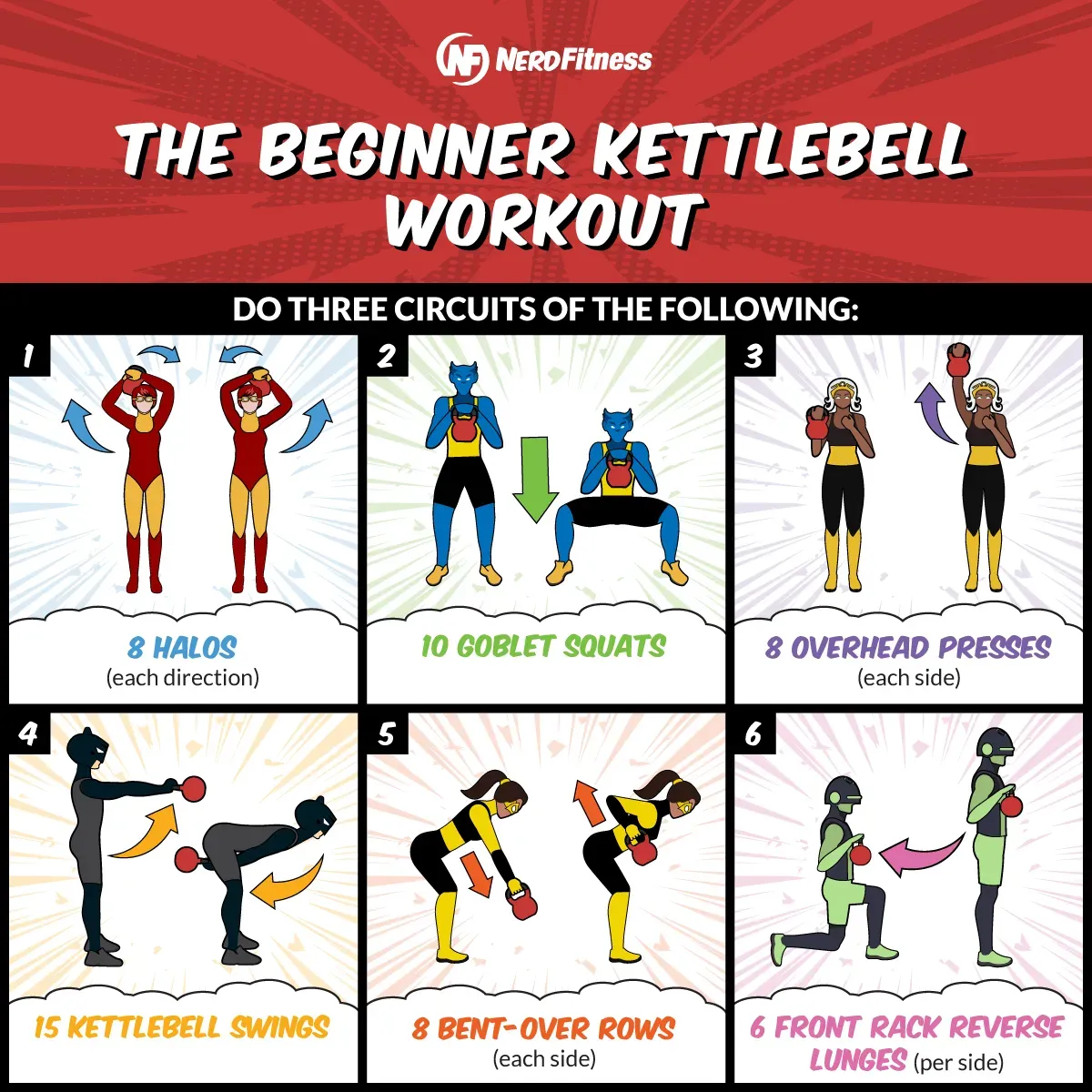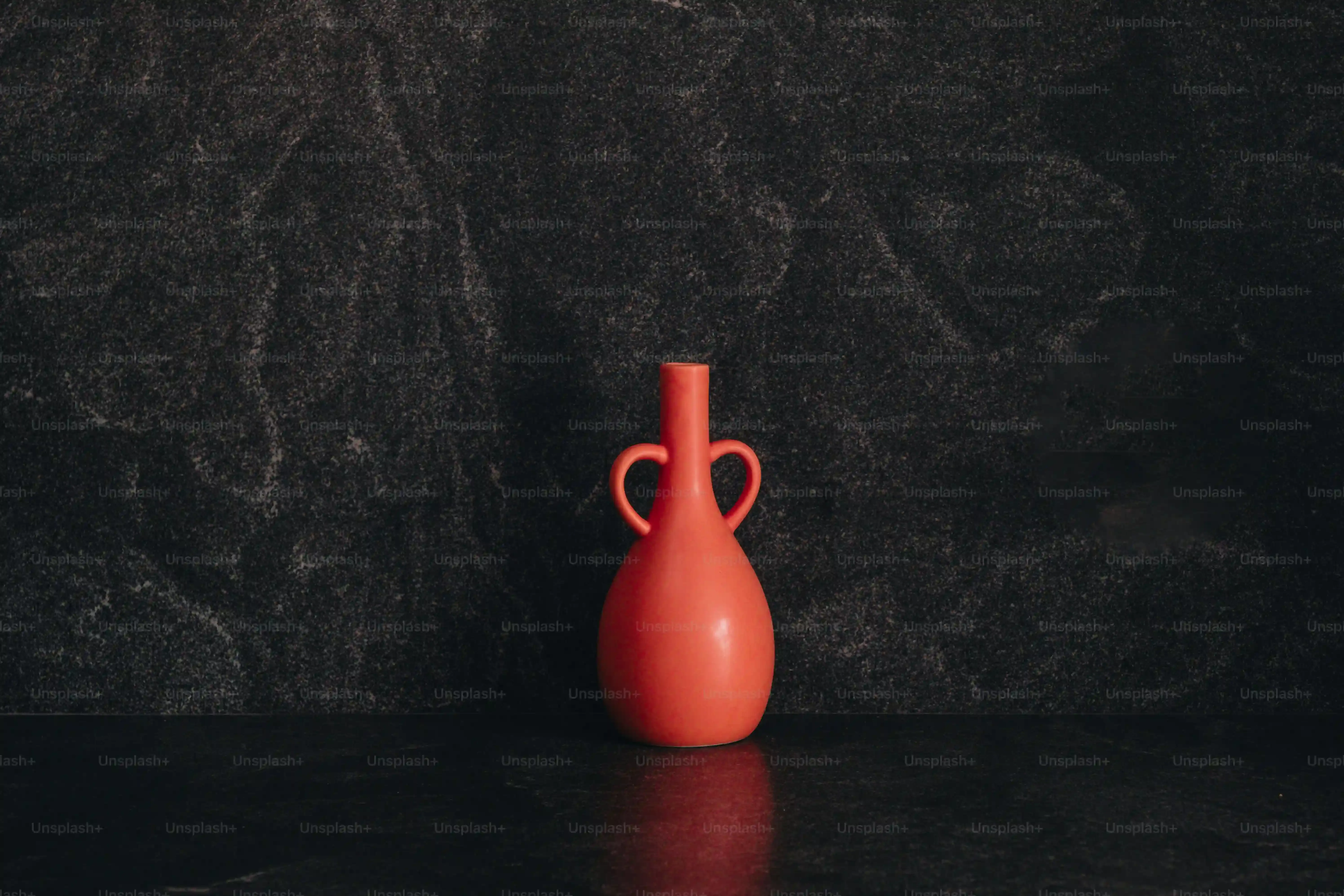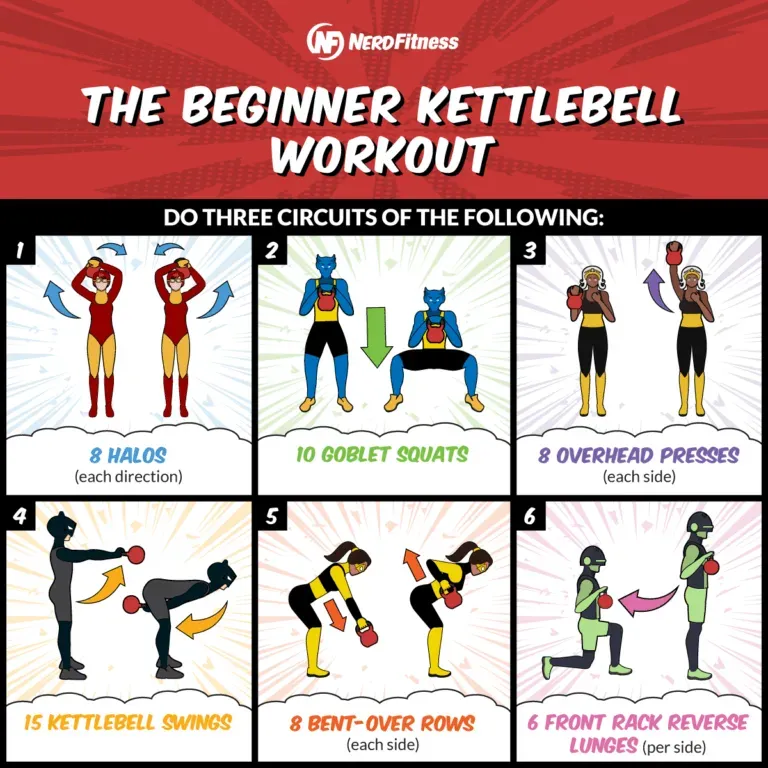Table of Contents
So, you're looking to get stronger, maybe lose a little weight, but the gym feels intimidating or you just don't have space for a bunch of equipment? You're not alone. Many people want to start a fitness routine but get stuck before they even lift a finger. This is where the humble kettlebell comes in, specifically, just one of them. You don't need a rack of weights or fancy machines to build a solid foundation of strength and fitness.
Why a Single Kettlebell is Your Best Friend for Beginner Workouts

Why a Single Kettlebell is Your Best Friend for Beginner Workouts
Simplicity and Space-Saving Power
Look, nobody needs a garage packed with chrome to get fit. Especially when you're just starting out. A single kettlebell workout for beginners cuts through the gym clutter and the endless decisions about which machine does what. You get one tool. That's it. It takes up maybe a square foot of floor space when you're not swinging it around. Compare that to a barbell, plates, dumbbells, a bench, a pull-up bar... you get the picture. It's minimalist fitness at its finest, meaning fewer excuses about not having room or needing a truck to haul equipment.
Think about it: one purchase, one item to store. It's not just about convenience; it's about removing barriers. If your workout gear is staring you in the face in your living room, you're way more likely to actually use it than if it's buried in a dusty corner of the basement. This single piece of iron becomes your go-to, your primary tool for building strength, burning calories, and feeling capable.
Building Real-World Strength Unilaterally
Forget about perfectly balanced machines that do half the work for you. A single kettlebell workout for beginners forces your body to work harder to stabilize. When you hold weight in one hand, your core, hips, and shoulders have to engage just to keep you from tipping over. This isn't just about looking good; it's about building functional strength that translates to everyday life – carrying groceries, lifting boxes, keeping your balance when you trip over the cat.
Training one side at a time, or unilaterally, helps fix imbalances you might not even know you have. Most people have a dominant side, and using a single kettlebell highlights this. You'll notice it pretty quick if one side feels way weaker or less stable than the other. Working with a single bell helps you address those discrepancies, leading to a more balanced and resilient body over time. It's like getting personalized physical therapy baked into your workout.
Here are some quick wins you get with just one kettlebell:
- Saves money compared to buying multiple weights.
- Requires minimal space, perfect for small apartments.
- Develops core strength through stabilization.
- Helps identify and correct muscular imbalances.
- Offers a full-body workout with just one tool.
Mastering the Moves: Essential Single Kettlebell Exercises for Beginners

Mastering the Moves: Essential Single Kettlebell Exercises for Beginners
Starting Simple: The Foundation
Alright, you've got your kettlebell. Now what? Don't try to swing it like a pro right out of the gate. The secret sauce to a good single kettlebell workout for beginners is nailing the basics. Think of it like learning to walk before you run. You need to understand how to move your body safely and effectively with this weird, off-center weight. The first moves to get friendly with are the deadlift and the goblet squat. These aren't flashy, but they teach you how to hinge at the hips (crucial for swings later) and squat properly while keeping your chest up and back straight. Holding the bell by the horns for a goblet squat forces good posture and core engagement. It's foundational stuff, maybe not Instagram-worthy, but vital for not hurting yourself.
Getting these fundamental patterns right sets you up for everything else. Rushing into more complex movements before your body understands how to handle the weight in these basic positions is a recipe for pulled muscles and frustration. Spend time here. Practice the deadlift, feeling the pull in your hamstrings and glutes, keeping your back flat. Get comfortable in the goblet squat, sinking down between your knees, chest high. This isn't just lifting; it's learning movement mechanics. It's less about how much you lift and more about how well you lift it right now.
Adding Core and Push/Pull
Once the deadlift and goblet squat feel solid, you can start adding moves that challenge your core more directly and bring in upper body elements. The kettlebell swing, even with one hand, is next on the list for many. It's a powerful hip-hinge movement that builds explosive strength and gets your heart rate up fast. Remember, it's a hip drive, not an arm lift. The bell floats because your hips snap forward. Another key beginner move is the single-arm row. This works your back muscles and, again, forces your core to stabilize as you resist rotation. Finally, the overhead press, carefully executed, builds shoulder strength. Start light here and focus on keeping your core tight to protect your lower back.
These moves start integrating the unilateral challenge we talked about. A single-arm swing feels different than a two-arm one, demanding more from your obliques to keep you balanced. The single-arm row highlights any strength differences between your left and right sides. The overhead press with one bell requires significant shoulder stability. Incorporating these into your single kettlebell workout for beginners builds balanced, functional strength that just machine training often misses. It’s about controlling the weight through space, not just pushing it up and down in a fixed path.
Essential Beginner Kettlebell Exercises:
- Kettlebell Deadlift (teaches hip hinge)
- Goblet Squat (improves squat form, core)
- Single-Arm Kettlebell Swing (hip power, conditioning)
- Single-Arm Kettlebell Row (back strength, anti-rotation core)
- Single-Arm Kettlebell Overhead Press (shoulder strength, stability)
Your First Plan: A Complete Single Kettlebell Workout for Beginners

Your First Plan: A Complete Single Kettlebell Workout for Beginners
Putting It All Together
you know the basic moves: the deadlift, the squat, the swing, the row, and the press. Now, how do you stitch them into an actual single kettlebell workout for beginners? The goal here isn't to crush yourself on day one, but to build consistency and get comfortable with the movements under a little fatigue. A solid first plan focuses on performing these foundational exercises for a set number of repetitions or for a specific time, allowing for adequate rest between sets. Think of it as practicing the flow, not just lifting heavy stuff. This initial phase is about volume and control, ensuring you're grooving those movement patterns correctly before adding significant weight or complexity.
Staying Consistent and Getting Stronger with Your Kettlebell

Staying Consistent and Getting Stronger with Your Kettlebell
Making Progress Without More Weight (Yet)
you've got the basics down, you're doing your single kettlebell workout for beginners a few times a week, and you're starting to feel less awkward. Great. Now what? You don't need to rush out and buy the next size up immediately. Getting stronger isn't just about adding weight. It's about doing more with the weight you have. This could mean doing more repetitions in a set, doing more sets overall, reducing the rest time between sets, or even slowing down the eccentric (lowering) part of an exercise to increase time under tension. You can also work on perfecting your form – a cleaner swing or a deeper squat with the same weight is progress.
Consistency is the real magic potion here. Showing up, even on days you don't feel like it, is what builds momentum. Two or three times a week is plenty when you're starting. Don't aim for perfection, aim for persistence. Some days will feel easier, some harder. That's just how it goes. The goal is to make it a regular part of your week, like brushing your teeth or complaining about traffic. Once it's a habit, the progress follows.
Ways to Get Stronger Without a Heavier Bell:
- Increase reps per set.
- Add more sets to your workout.
- Shorten rest periods between sets.
- Improve exercise form and control.
- Slow down the lowering phase of movements.
- Try slightly more challenging variations (e.g., higher swing).
Wrapping It Up: Your Kettlebell Journey Starts Now
Look, getting started with fitness doesn't require signing up for a marathon tomorrow or buying every piece of equipment advertised online. As you've seen, a single kettlebell is more than enough to build real strength and get your body moving effectively, especially when you're new to this. We've covered why it's a smart choice, broken down the foundational movements, and given you a simple plan to follow. Consistency is the real magic here, not complexity. Stick with these basics, focus on getting the movements right, and you'll see progress. It's not rocket science, just consistent work with a useful tool.